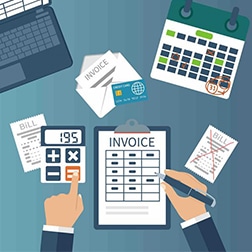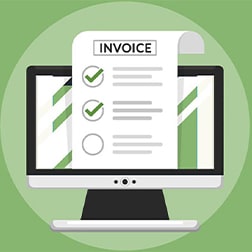Inventory management is a critical component of long-term success. The remainder of your supply-chain management will fall into place once your inventory is correctly arranged. You risk dozens of new errors if you don’t have it, including miss shipping, out-of-stocks, overstocks, mis-picks, and so on.
The importance of proper warehouse management cannot be overstated. Mis-picks are caused by erroneous paper pick lists, unorganized shelf labels, or just a cluttered warehouse. Miss shipping is caused by mistakes made at the beginning of the inventory process, as well as a lack of quality control measures.
When a business uses manual techniques to place orders without having a complete understanding of the situation of its inventory, out of stocks and overstocks occur. This is a poor predictor for inventory forecasting, resulting in either too much or too little stock.
All of these errors will not only cost you money, but they will also cost you time spent later fixing the errors. When you don’t use management tools, your chances of making a mistake due to human error increase by the minute. Your client reviews and loyalty will suffer as a result.





